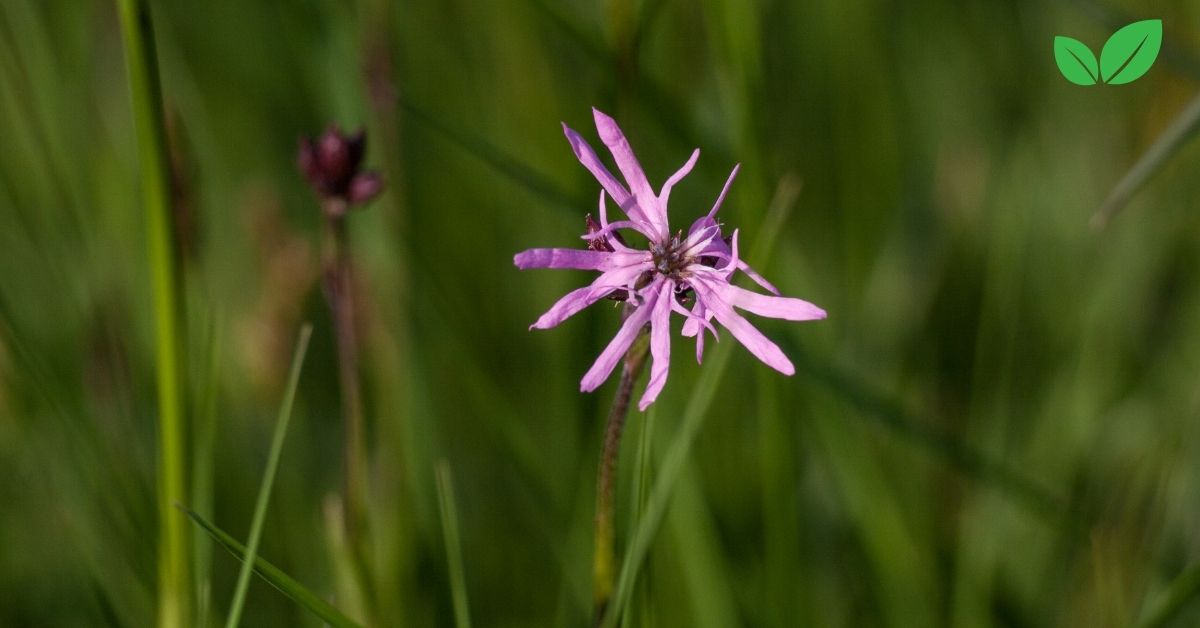Introduction
Ragged Robin, scientifically known as Lychnis flos-cuculi, is a perennial wildflower native to Europe and parts of Asia. Recognized for its distinctive ragged pink petals, the flower is more than just a beautiful addition to meadows and gardens. It plays a vital role in supporting biodiversity and maintaining the ecological balance of wetland ecosystems. Over the years, however, Ragged Robin has faced environmental challenges, including habitat loss, which has led to a decline in its population in certain areas.
This article delves into the environmental importance of Ragged Robin, its ecological niche, the threats it faces, and the efforts being made to preserve this species. From its role in supporting pollinators to its historical and cultural significance, Ragged Robin is a plant worth protecting and appreciating.
Ragged Robin: A Brief Overview
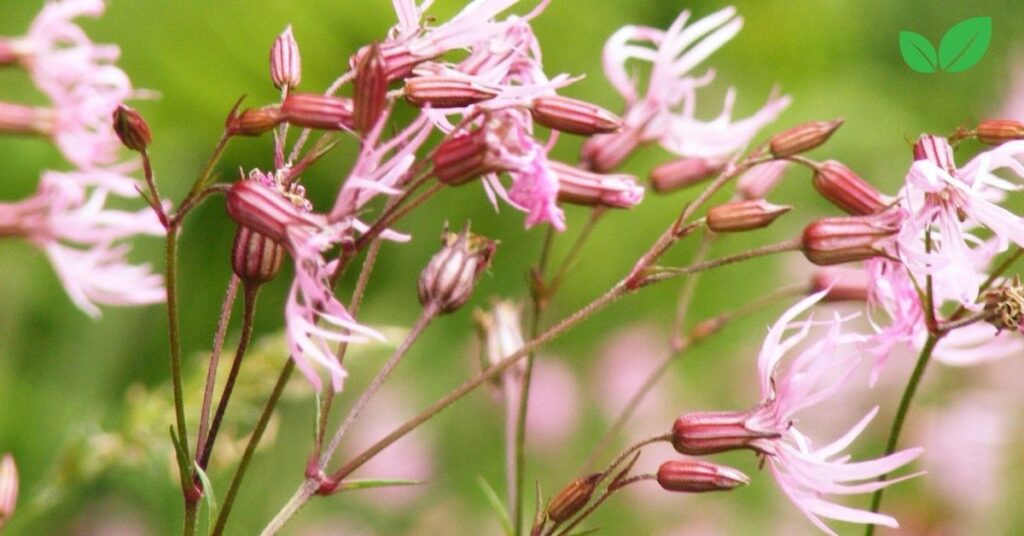
Appearance and Identification
Ragged Robin is an herbaceous perennial that can grow up to 90 centimeters tall. Its most distinctive feature is its bright pink, deeply cut petals that give the flower a “ragged” appearance, hence its common name. The flowers usually bloom between May and August, making them a prominent feature in meadows, marshes, and wetlands during the warmer months.
The flower’s stems are thin and branched, and the leaves are narrow and lance-shaped, with a slightly hairy texture. It thrives in moist conditions and is often found in damp meadows, wet grasslands, and alongside streams or ditches. The plant can also tolerate partial shade, making it a versatile species within its niche.
Habitat and Distribution
Ragged Robin is native to much of Europe, including the United Kingdom, where it is commonly found in wetland habitats. It is also present in parts of Asia and has been introduced to North America, where it grows in similar damp environments. While it has adapted to a variety of habitats, it is most commonly associated with marshy areas, wet meadows, and lowland fens. This preference for moist conditions makes Ragged Robin an essential part of wetland ecosystems, where it provides both habitat and food sources for a variety of species.
However, the flower’s population has seen a decline in recent decades, particularly in the UK and Europe. The primary reasons for this decline are habitat loss due to agricultural practices, drainage of wetlands, and changes in land use, which have significantly reduced the number of wet meadows and marshlands where the plant once thrived.
Ecological Importance of Ragged Robin
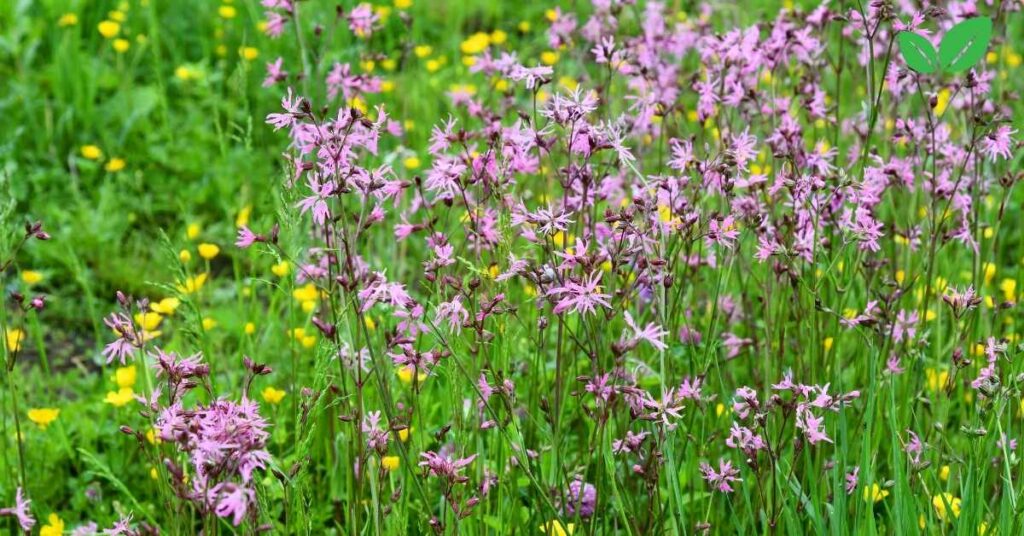
Supporting Pollinators
Ragged Robin plays a crucial role in supporting pollinator species, particularly bees, butterflies, and hoverflies. The flower’s pink petals and nectar-rich blooms attract a variety of pollinators, providing them with a valuable food source during the summer months. Pollinators, in turn, help the flower reproduce by transferring pollen from one bloom to another, ensuring the continued survival of the species.
Butterflies, including species like the Orange Tip and the Small Skipper, are frequently seen visiting Ragged Robin, while various bees, such as the Red-tailed Bumblebee, also rely on the flower for nectar. In areas where Ragged Robin has declined, the loss of this nectar source can have a cascading effect on local pollinator populations, which are already under threat due to habitat loss and pesticide use.
Role in Wetland Ecosystems
As a wetland species, Ragged Robin plays a significant role in maintaining the health of these delicate ecosystems. Wetlands are among the most biodiverse habitats on Earth, supporting a wide range of plant and animal species. Ragged Robin contributes to this biodiversity by providing cover and shelter for small invertebrates and amphibians, which use the dense vegetation for protection and as a breeding ground.
In addition to supporting wildlife, Ragged Robin helps stabilize soil in wetland areas, preventing erosion and maintaining the integrity of the ecosystem. The plant’s roots help bind the soil, reducing the impact of water runoff and improving water quality by filtering out sediments and pollutants. This function is especially important in areas prone to flooding, as healthy wetlands can act as natural flood defenses by absorbing excess water and slowing its movement through the landscape.
Indicators of Environmental Health
The presence of Ragged Robin in a habitat can also serve as an indicator of environmental health. Because the plant requires specific conditions, such as moist soil and low nutrient levels, its presence suggests that the habitat is relatively undisturbed and that water levels are stable. Conversely, the absence of Ragged Robin in areas where it once thrived can indicate changes in land use, such as increased agricultural activity, drainage of wetlands, or pollution, which can degrade the quality of the habitat.
In this sense, Ragged Robin acts as a “bioindicator,” helping ecologists and conservationists assess the health of wetland ecosystems. Its decline in certain areas is often a signal that the ecosystem is under threat, prompting further investigation and, in some cases, conservation action.
Threats to Ragged Robin
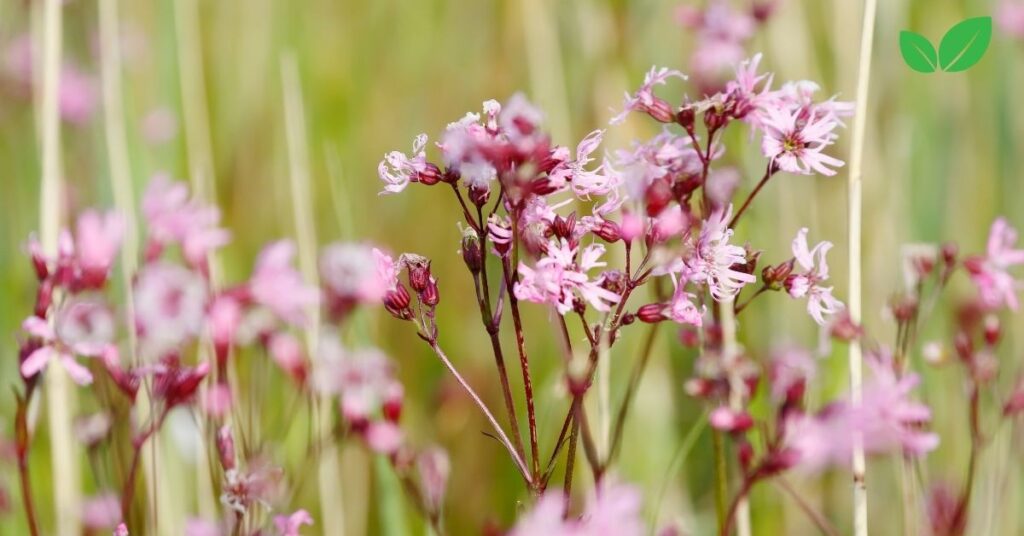
Habitat Loss and Land Drainage
One of the biggest threats to Ragged Robin is habitat loss, particularly the drainage of wetlands for agricultural purposes. Wetlands are often seen as “wastelands” by land developers, leading to their drainage and conversion into farmland or urban areas. This destruction of wetland habitats has had a devastating impact on Ragged Robin populations, particularly in regions where wetlands have been heavily modified.
Land drainage not only reduces the availability of suitable habitats for Ragged Robin but also alters the hydrology of the landscape, making it difficult for the plant to survive. Ragged Robin thrives in damp conditions, and even small changes in water levels can have a significant impact on its ability to grow and reproduce. As wetlands are drained and water levels drop, Ragged Robin populations decline, contributing to the loss of biodiversity in these ecosystems.
Agricultural Practices and Nutrient Pollution
Intensive agricultural practices, including the use of fertilizers and pesticides, pose another significant threat to Ragged Robin. The plant prefers low-nutrient environments, and the addition of fertilizers to nearby farmland can lead to nutrient runoff, which increases the nutrient levels in wetland soils. This process, known as eutrophication, can encourage the growth of more competitive plant species, such as grasses and invasive species, which outcompete Ragged Robin for resources.
Pesticides, particularly those used to control insect pests, can also have a negative impact on the pollinators that rely on Ragged Robin for food. The decline of pollinator populations, in turn, affects the plant’s ability to reproduce, further contributing to its decline in areas where agriculture is the dominant land use.
Climate Change
Climate change poses a long-term threat to Ragged Robin and the wetland habitats it depends on. Changes in rainfall patterns, rising temperatures, and increased frequency of extreme weather events can all disrupt the delicate balance of wetland ecosystems. Prolonged droughts, for example, can lead to the drying out of wetlands, making it difficult for Ragged Robin to survive in areas where it once thrived.
Conversely, increased rainfall and flooding can also pose challenges, as wetlands become waterlogged and the plant struggles to establish itself in overly saturated soils. The combined effects of climate change and habitat loss mean that Ragged Robin is facing an uncertain future in many parts of its range, particularly in regions that are already experiencing significant environmental changes.
Conservation Efforts
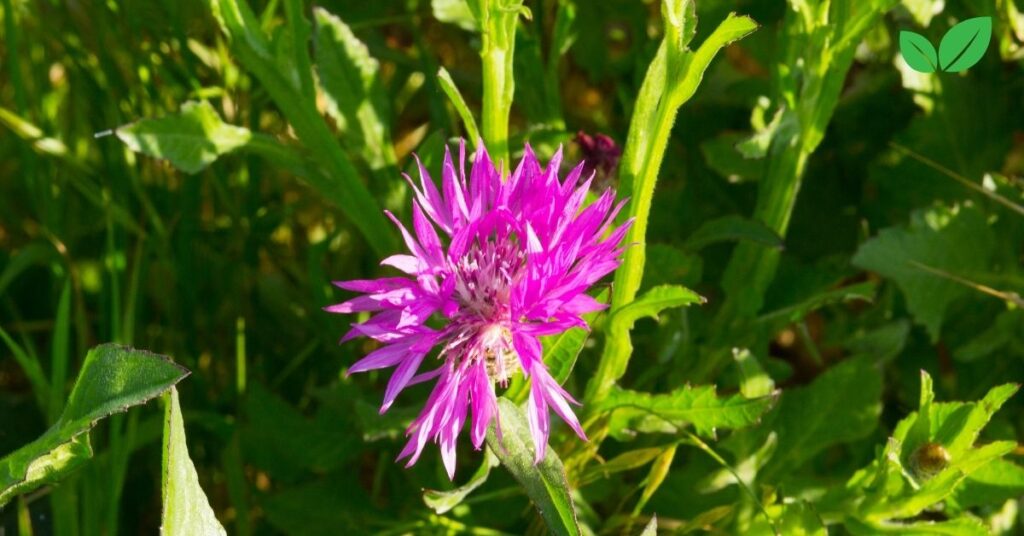
Habitat Restoration
One of the most effective ways to conserve Ragged Robin is through habitat restoration. Efforts to restore and protect wetland habitats, particularly in regions where the plant has seen significant declines, are critical to ensuring its survival. This can include rewetting drained wetlands, removing invasive species, and reducing the use of fertilizers and pesticides in nearby agricultural areas.
Several conservation organizations, such as the Wildlife Trusts in the UK, are actively working to restore wetland habitats and reintroduce native species like Ragged Robin. These efforts not only benefit the plant but also help restore the overall health of wetland ecosystems, supporting a wide range of wildlife species and improving water quality.
Protection of Existing Wetlands
In addition to restoration efforts, the protection of existing wetlands is crucial for the conservation of Ragged Robin. Wetlands are often under threat from development and agriculture, but they are also protected under various national and international laws. In the European Union, for example, the Habitats Directive provides legal protection for wetlands and the species that inhabit them, including Ragged Robin.
Wetland reserves and protected areas also play an important role in conserving the plant. By designating areas as protected, conservationists can ensure that these habitats are managed sustainably and that the pressures of development and agriculture do not further threaten the species.
Raising Public Awareness
Raising public awareness about the importance of wetlands and the species that depend on them, such as Ragged Robin, is another key aspect of conservation. Many people are unaware of the vital role that wetlands play in maintaining biodiversity, regulating water levels, and mitigating the effects of climate change. Public education campaigns, community involvement in conservation projects, and efforts to engage local landowners in sustainable land management practices can all contribute to the protection of Ragged Robin and its habitat.
Research and Monitoring
Ongoing research and monitoring are essential to understanding the status of Ragged Robin populations and the challenges they face. Ecologists and conservationists regularly survey wetland areas to track changes in plant populations, assess the health of habitats, and identify potential threats. This information is crucial for developing effective conservation strategies and ensuring that efforts to protect Ragged Robin are based on the best available science.
Conclusion
Ragged Robin is more than just a beautiful wildflower; it is an integral part of wetland ecosystems that supports biodiversity, stabilizes soil, and provides valuable resources for pollinators. However, the species is facing numerous environmental challenges, including habitat loss, agricultural practices, and climate change, which threaten its survival in many parts of the world.
Read More: Albizia julibrissin: Ecological Niche and Environmental Impact of the Silk Tree

